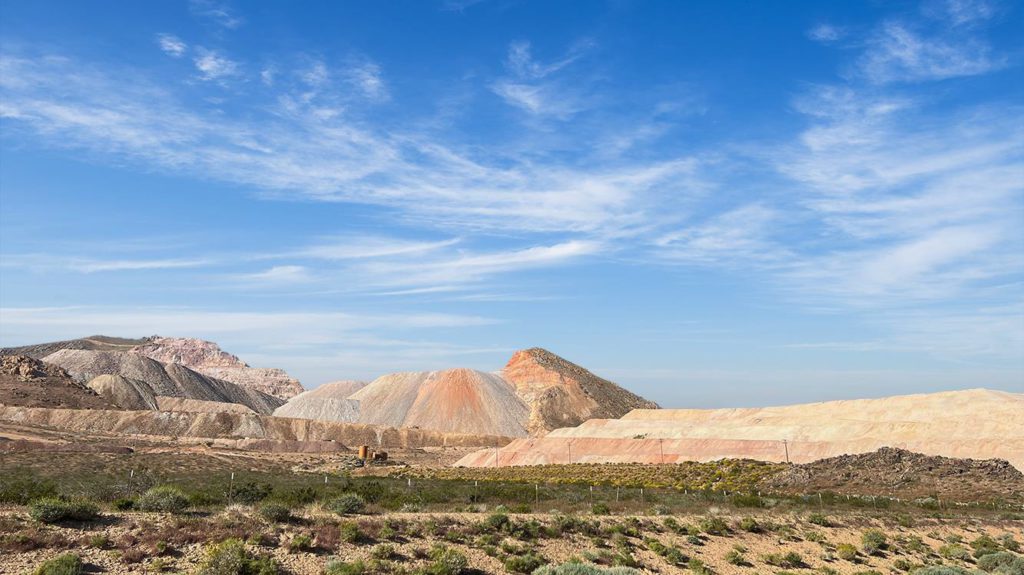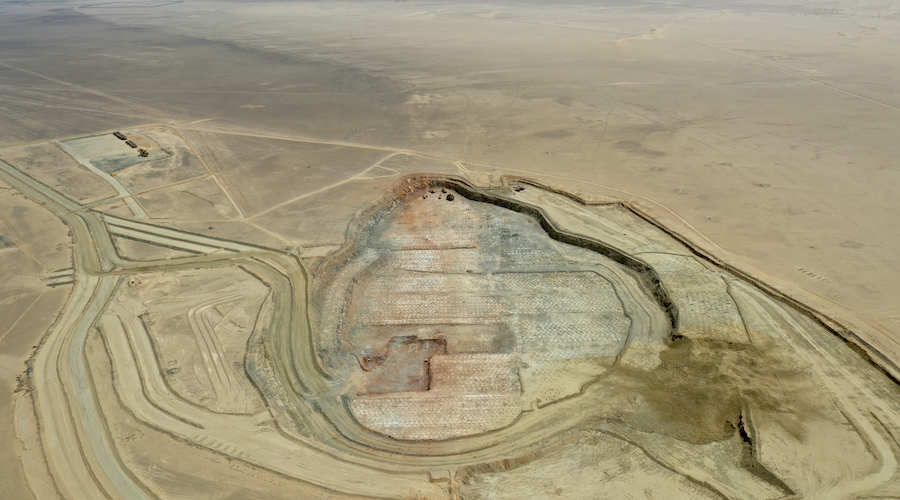Canada's first-ever climate adaptation strategy was little more than six weeks old when fast-moving wildfires swept through communities in British Columbia's southern Interior, forcing thousands to flee and destroying hundreds of homes.
It was part of Canada's record-breaking summer of fire — more than 19,000 Yellowknife residents were ordered to escape a threatening blaze, fire ripped into suburban Halifax and smoke from fires in Quebec blanketed New York City and Washington, D.C. Some 200,000 people were evacuated from their homes across Canada.
There was also flooding in Nova Scotia that killed four people.
The disastrous events provided a taste of the worsening impacts of climate change, and recovering from such events costs many times more than adaptation, says the federal government.
Supporters of the preventive approach worry there's a lack of will and funding to implement the national adaptation strategy. And the longer it takes to both mitigate climate change while protecting Canadians from worsening impacts, the more costly it will become to recover from them, experts say.
The national adaptation strategy, released in June, outlines and puts timelines on Ottawa's goals to reduce wildfires, extreme heat, flooding, and a host of other impacts linked to global heating.
"We rolled up our sleeves, engaged very directly in the drafting of the strategy, and we're quite pleased with the result," said Craig Stewart, vice-president for climate change and federal issues with the Insurance Bureau of Canada.
"For the first time, Canada has not only a national adaptation strategy, but one that sets near-term targets for action," he said.
But Stewart said the strategy so far lacks the necessary funding and implementation planning to get Ottawa's plans off the ground.
"We haven't seen the leadership we would expect in the last six months to actually translate those targets into action, nor do we see any funding on the horizon."
The Insurance Bureau of Canada is a member of Climate Proof Canada, a coalition of insurance companies and associations, climate research institutes and non-profits, as well as the Canadian Chamber of Commerce, the Federation of Canadian Municipalities, the Assembly of First Nations, the Canadian Red Cross, and others.
Last month, the coalition met with cabinet ministers and opposition politicians, pressing Ottawa to "provide key funding" to implement the adaptation strategy.
In a June news release, the federal government said it had allocated more than $6.5 billion toward adaptation measures over the last eight years, including $2 billion in commitments to support the strategy's implementation.
However, Ottawa's economic statement last month did not mention adaptation and there haven't been any new, adaptation-specific funding announcements.
"It's a bit dispiriting to be honest, given the (disasters) that have happened, given the tabling of the strategy and the lack of follow-through," Stewart said.
Figures from the Insurance Bureau of Canada show the costs of catastrophes in Canada have been markedly rising, from an average of $440 million each year between 1983 and 2000 to $2.3 billion annually between 2011 and 2020.
The federal government has said the average annual cost of disaster-related losses is projected to reach $15.4 billion by 2030. That forecast "can be reduced by ambitious adaptation action," Ottawa said in its June statement.
By 2025, climate impacts are expected to slow Canada's economic growth by $25 billion annually, it said, citing research by the Canadian Climate Institute.
In its national strategy, Ottawa acknowledges that "adaptation saves money," saying "every dollar spent … saves up to $15," while generating "significant benefits."
Still, Stewart said the lack of implementation planning and funding for the strategy suggests "there's a lack of political will around adaptation" after the last federal budget earmarked $40 billion in tax credits and funding for clean energy.
"They made a policy choice to go all-in on essentially transforming the electricity system … and that hasn't given them the wiggle room to be bold in other areas."
But Stewart said adaptation is key.
"When people witness floods, when they have loved ones who are affected by extreme heat, when they're inhaling wildfire smoke, that's when climate change becomes tangible, in a way that, you know, carbon emissions are not," he said.
Climate adaptation is also an affordability issue, Stewart said.
"If you are building homes that are not resilient, and you're building them on floodplains, or you're building them in high-risk areas for wildfire, and you're not investing in the protection, then you're actually putting families at financial risk."
The cost of rebuilding thousands of homes destroyed by climate-related disasters exacerbates existing housing supply and affordability problems, he added.
Neal Willcott is the co-author of a 2022 report for the Institute for Sustainable Finance at Queen's University in Kingston, Ont., examining the physical costs of climate change, including infrastructure and biodiversity, to the year 2100.
The researchers took a widely used model and "repurposed" it for Canada in order to make projections about climate damages and GDP over time, he explained.
The modelling found Canada's total losses ranged from $2.773 trillion with 2 C of global heating to almost double that amount under a 5 C scenario.
Comparing those losses to the costs associated with mitigating climate change, the report says the model found spending to cut greenhouse gas emissions "more than pays for itself" in terms of avoiding physical damages alone — even without accounting for the potential benefits of transitioning to a low-carbon economy.
"We can safeguard the Canadian economy, protect our ideal growth projections, and … it will cost less than what the cost of climate change is," Willcott said.
"The present value lost is so high that we can't afford not to do this, but also, the costs of the solution are low enough that we really should do this."
The report says the Intergovernmental Panel on Climate Change has estimated that Earth is on track for around 3 C of global heating. A forecast that is particularly bad news for Canada, which has been warming twice as fast as the global average, it says.
"We're talking about three degrees in terms of world heating, which means six degrees in terms of Canada. In the Canadian North, it would be nine," said Willcott, an assistant professor at Memorial University's faculty of business administration.
The modelling did not take into account the economic benefits of fighting climate change, nor the health costs associated with climate change, he added.
Given "fiscal restraints," Stewart said the insurance bureau has been trying to work with government to identify "low-hanging fruit" for adaptation measures.
A national flood insurance program is at the top of the list, he said.
"We have demonstrated … through very sophisticated costing, that a national flood insurance program will actually save governments money," he said.
The last federal budget allocated close to $32 million "as a first step" toward setting up the program, and Stewart said insurers have offered to help by providing product distribution and claims administration services on a not-for-profit basis.
"But the window of action is now, because it has to appear in Budget 2024 if the program is to be operationalized before the next federal election," he said.
This report by The Canadian Press was first published Dec. 29, 2023.



